VIA AQUITANA - Toulouse
On 14 september 2008 I went on a trip with the Association Via Aquitana to Baziège and Toulouse.
To the south of Baziège the 26 arches of the viaduct remain, and on the viaduct, the Via Aquitana Roman Road crossed the marshes. It's tarmaced now of course, but only carries the traffic to the local houses. One of our group remarked; why are they building houses on that low ground beside the road? The Romans had more sense than they have! 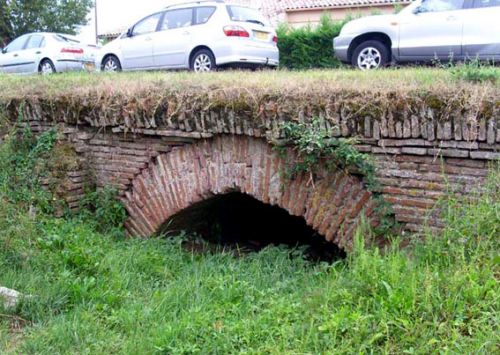
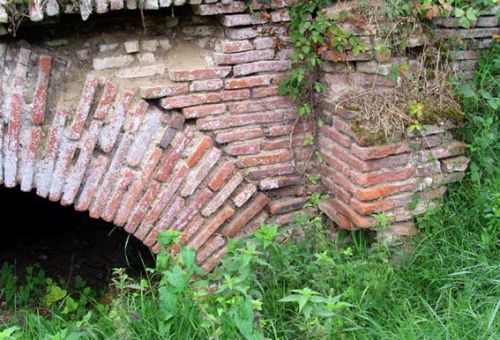
The cars still pass, but it is no longer part of the main road; this was the original Via Aquitana.
I found the centre of Baziàge, with its small red bricks, most attractive, and particularly the church. There was a milstone in a small side-chapel, itself founded by the Visigoths. This was the earliest part they made. A village legend tells us that a Christian martyr was killed, tied to the milestone. There;s also a statue of the pieta that I liked. 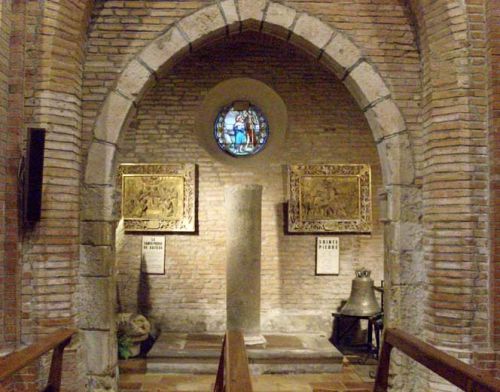
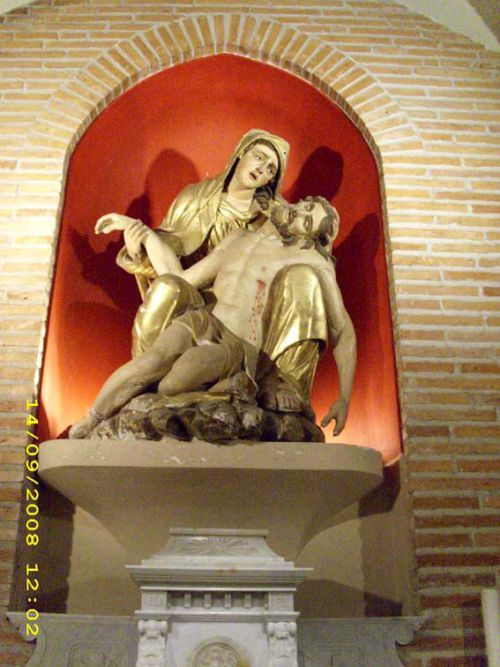
Then, we passed underneath the autoroute to come to the village of Aygues-Vives, constructed, like the other places, of the small red bricks of the region. There was another Via Aquitana milestone there. Quite a few of them have been found, because they were big and heavy so inclined to last. It was difficult to read so we had an expert come to decipher it for us. 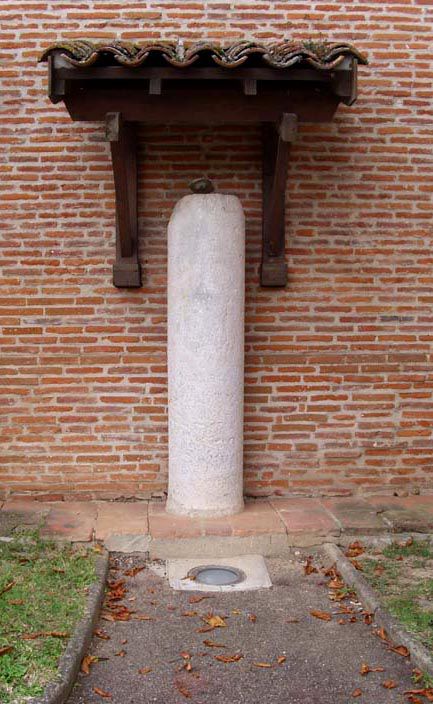
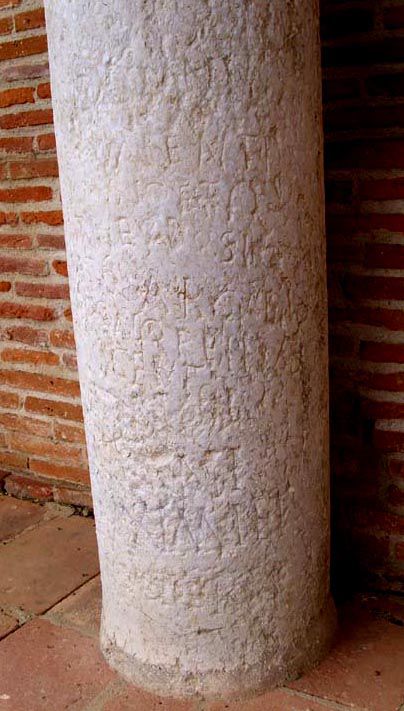
We all shared a picnic in someones garden, and the sun came out, and then continued to Toulouse. On the outskirts you can park the cars and continue by Metro directly to the Place Sernin, with its basilica to St. Sernin, the saint who brought Christianity to Toulouse, and the museum Saint-Raymond. Marvellous! 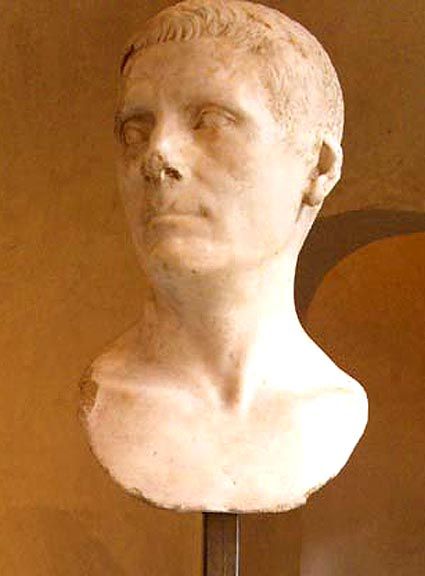
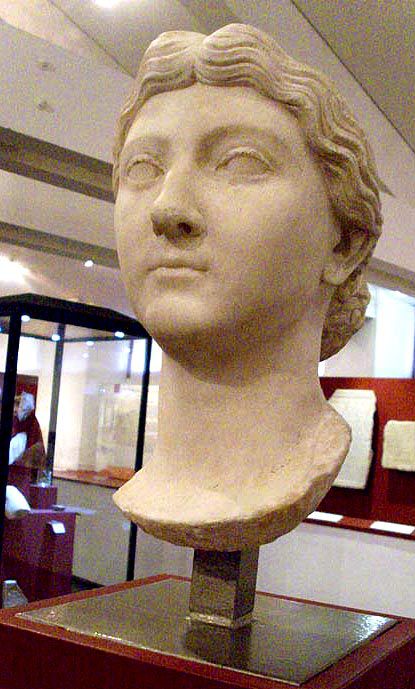
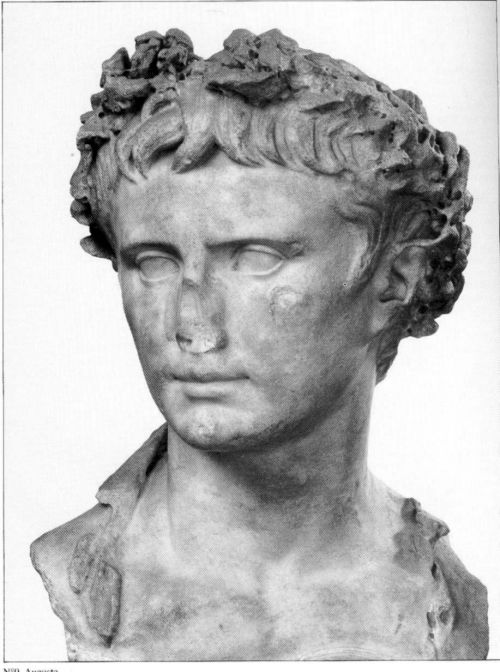
Julius Caesar, Livia, the wife of Augustus, and Augustus as a young man.
The other statues had a certain sensuality, we were intrigued. For example, was Bacchus a boy or a girl? 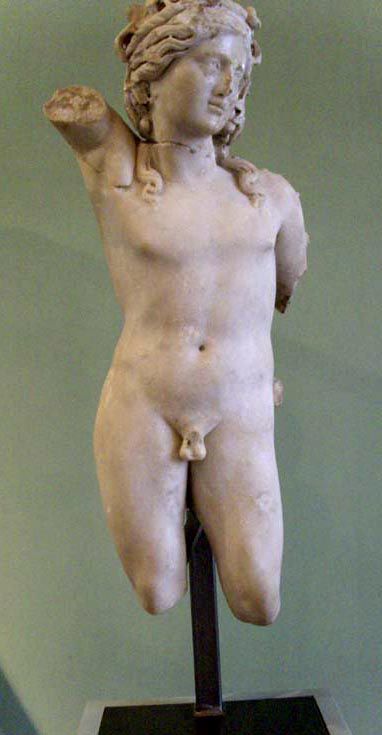
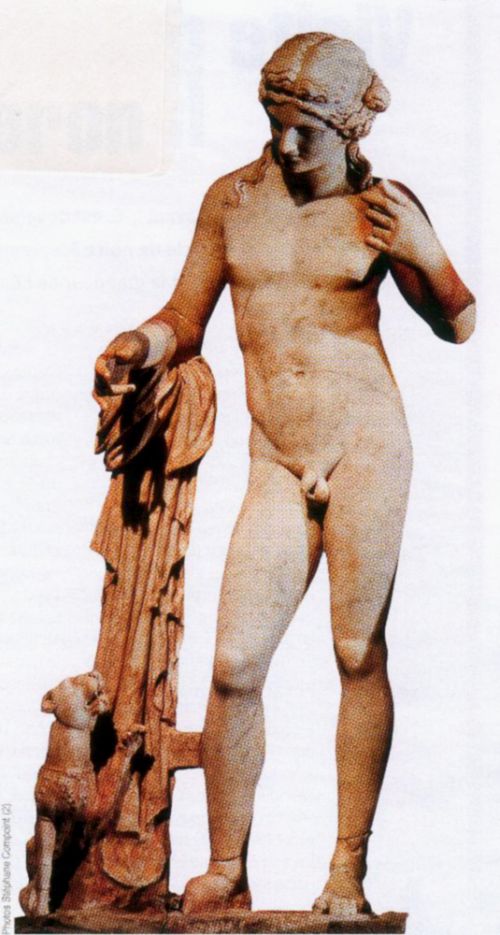
I found the second picture in a magazine called GEO Histoire, La Vie quotidienne dans la Rome Antique, and these are classic representations of Bacchus. The second was found in the village of Baïes, near Naples.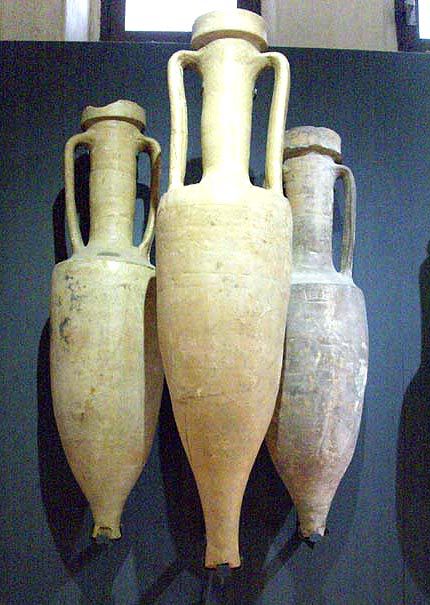
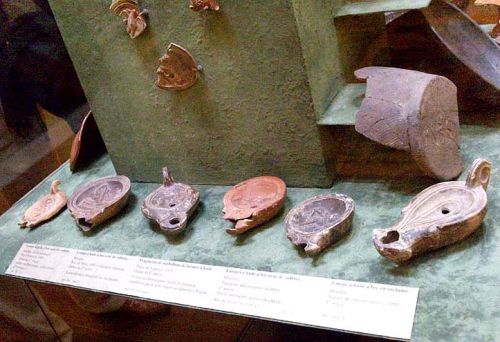
Amphores similar to those found at La Nautique, and some attractive oil-lamps.
There were also "Paleo-chretien" remains, that is to say, Visigothic or Merovingian, in particular most delicately engraved stone tombs. 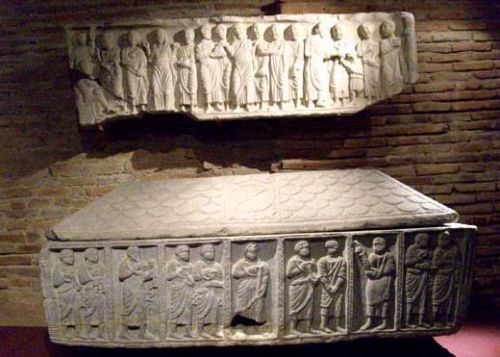
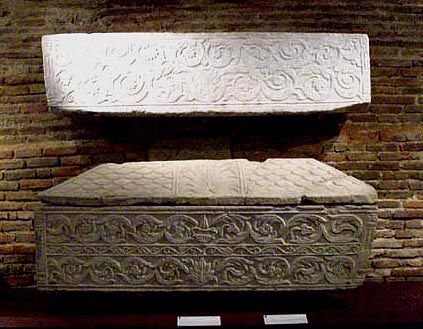
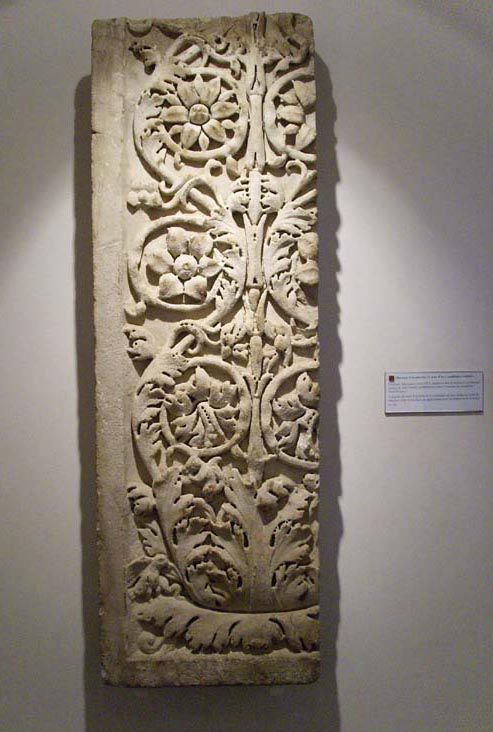
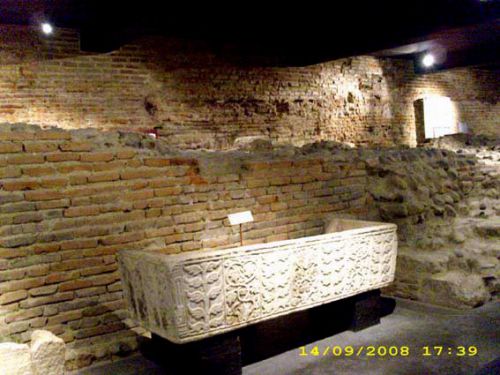
This second image shows us a Visigothic sarcophage place in a great Roman kiln or brickworks, which was discovered during excavations when the museum was built.
My last photo is of a model of the Capitaol building, the administrative centre, which resembles so much the one at Narbonne. 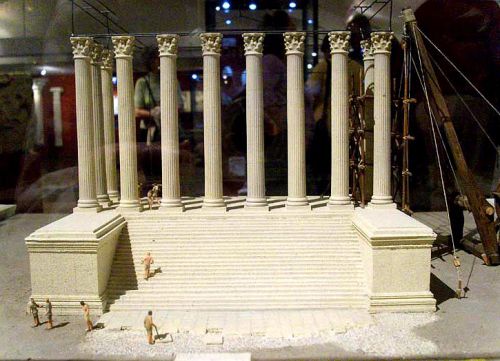
This visit will remain in my mind for a long time, I was so capitavated they all left and I never noticed, thank goodness they came back for me!
The Museum Saint-Raymond is open every day except jan 1, may 1, and dec 25. 3€.
Entrance is free the first Sunday of each month.
Inscrivez-vous au blog
Soyez prévenu par email des prochaines mises à jour
Rejoignez les 16 autres membres
